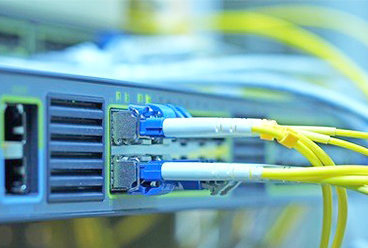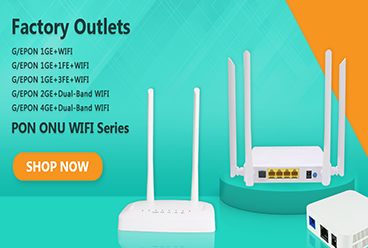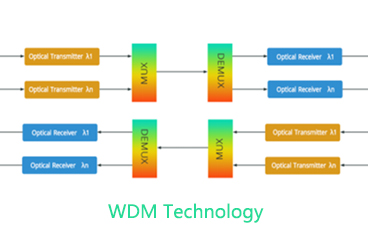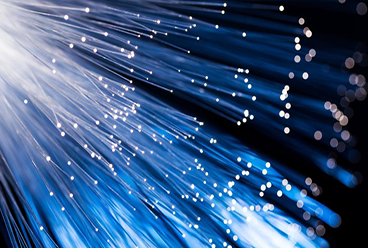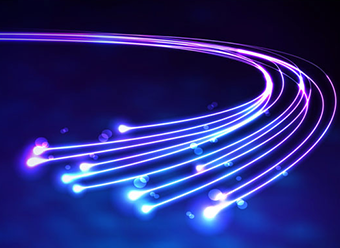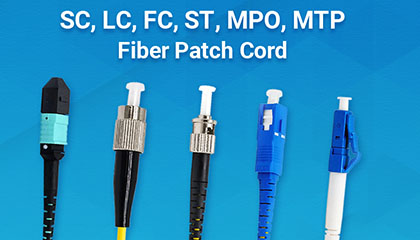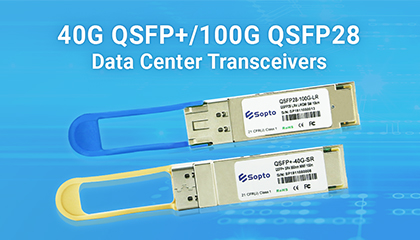The differences between PON (Passive Optical Network) solutions and traditional fiber optic access solutions;
Network Architecture
PON Solution: PON is a passive optical network structure that utilizes a single fiber optic line to transmit signals to multiple users. It employs wavelength division multiplexing (WDM) to divide the signals into different wavelengths for distribution to individual users, allowing multiple users to share the same fiber line without interference between them.
Traditional Fiber Optic Access Solution: Traditional fiber optic access typically uses point-to-point connections, where each user requires a dedicated fiber connection to the central equipment. This leads to higher deployment costs, especially in scenarios with a large number of users.
Equipment Cost
PON Solution: PON requires relatively simple optical network terminals (ONTs) at the user end, as the distribution of signals is passive. This lowers the equipment cost for end-users.
Traditional Fiber Optic Access Solution: Traditional fiber optic access involves more active equipment, such as transceivers, at each user's location, resulting in higher equipment costs.
Maintenance Cost
PON Solution: PON's passive distribution design simplifies maintenance, reducing operational costs for service providers.
Traditional Fiber Optic Access Solution: Traditional fiber optic access involves more active components, increasing the complexity and cost of maintenance and troubleshooting.
Bandwidth and Distance
PON Solution: PON supports high-bandwidth transmission and can provide speeds of 1 Gbps or higher, with advancements allowing for even higher rates like 10 Gbps or 40 Gbps.
Traditional Fiber Optic Access Solution: The bandwidth of traditional fiber optic access is limited by the technology and performance of transceivers, typically lower than what PON can offer. Additionally, traditional fiber access has distance limitations.
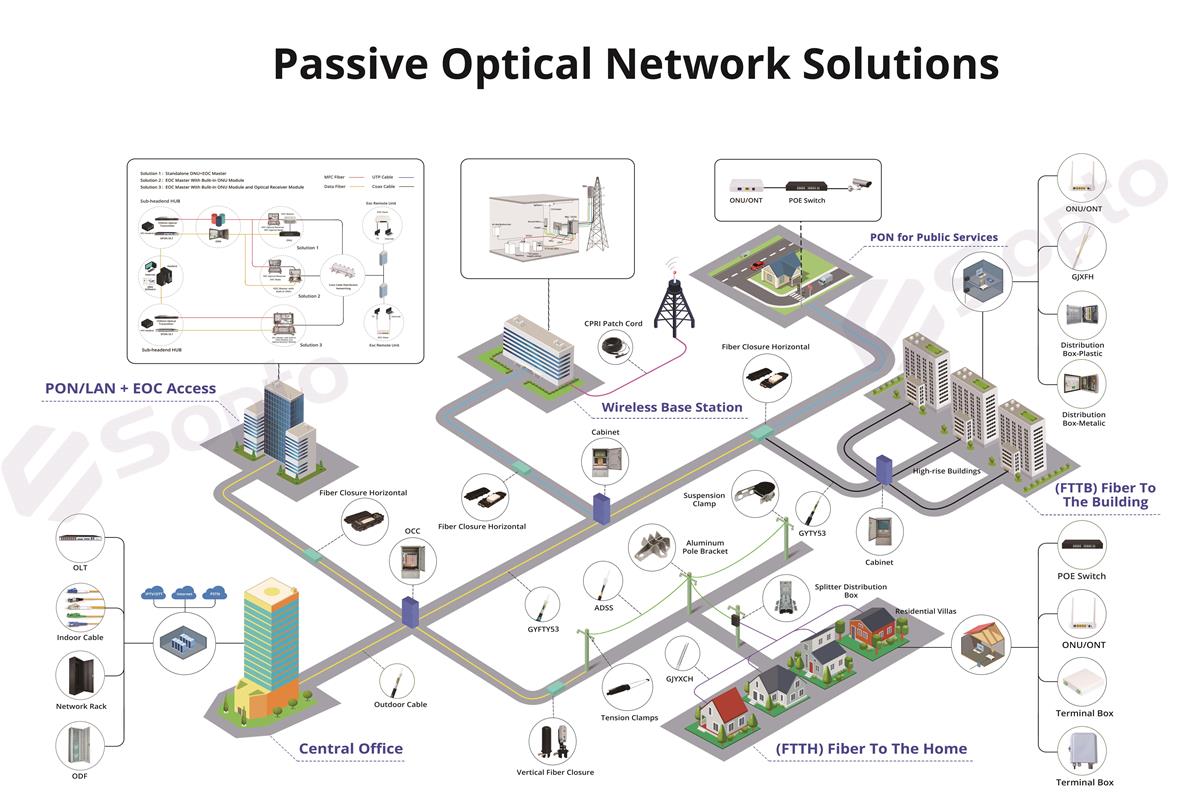
PON solutions have advantages over traditional fiber optic access solutions in terms of cost, bandwidth, and maintenance, making them a preferred choice for many service providers to deliver faster and higher-quality broadband access services. if you're interested in more details , welcome to feel free to contact us, [email protected] ,whatsapp: https://wa.me/+8618688759008
Tags : gpon, epon, OLT, ONU , fibernetwork , FTTH , fiber Solutions
— END —




